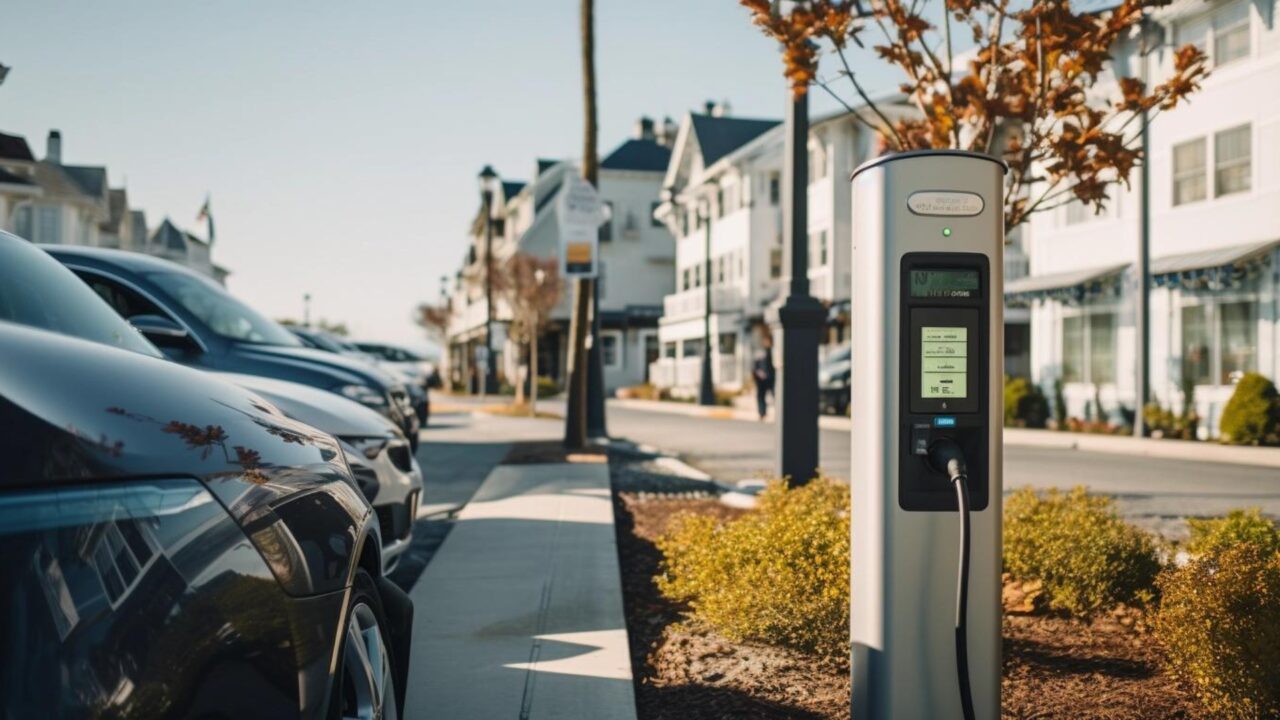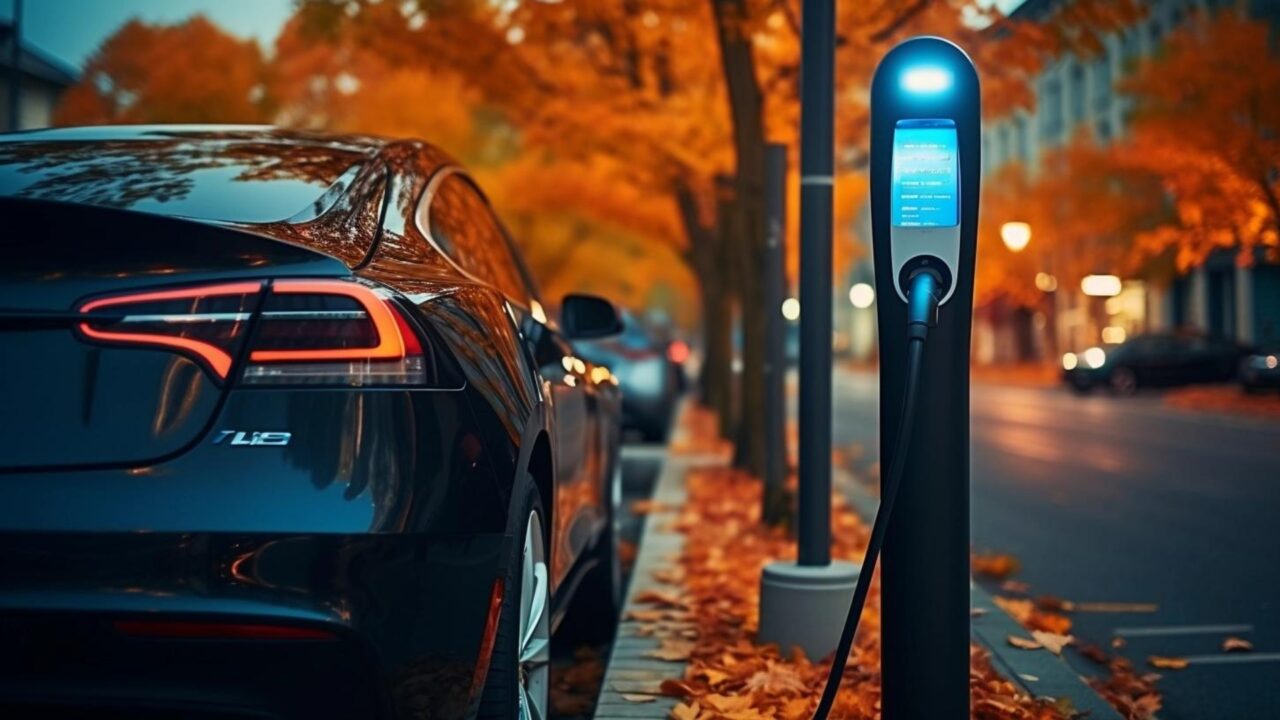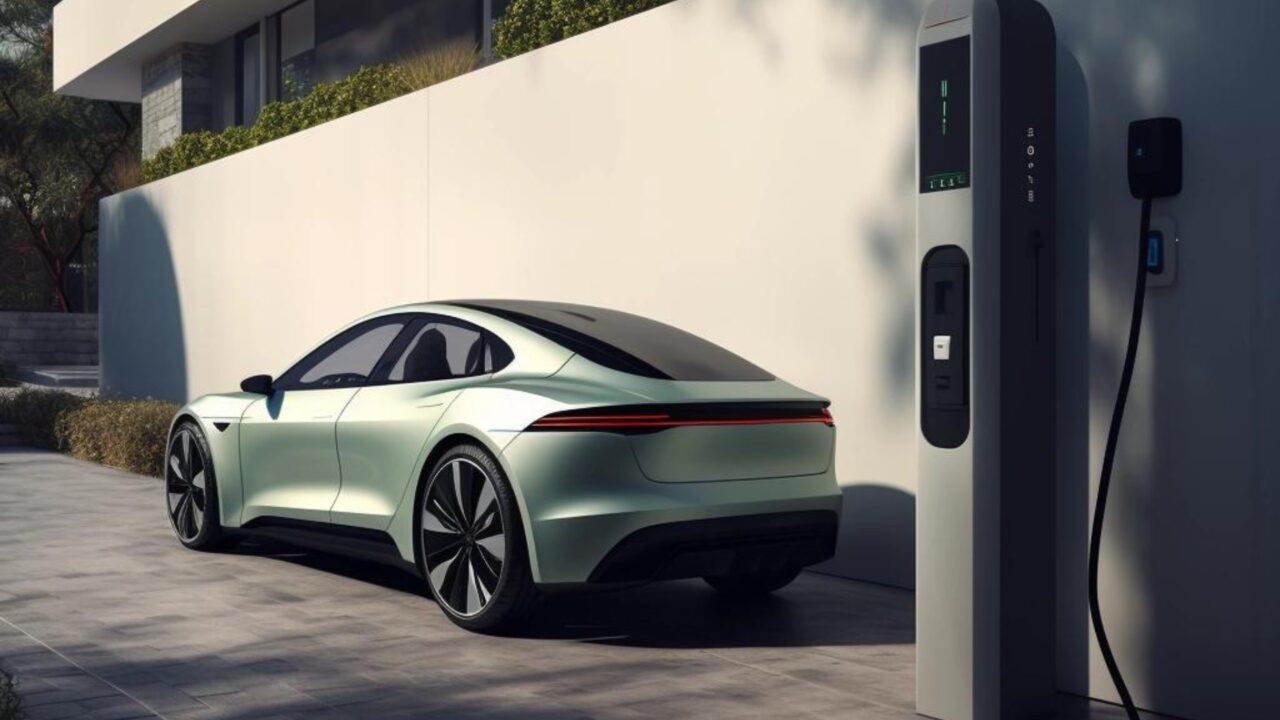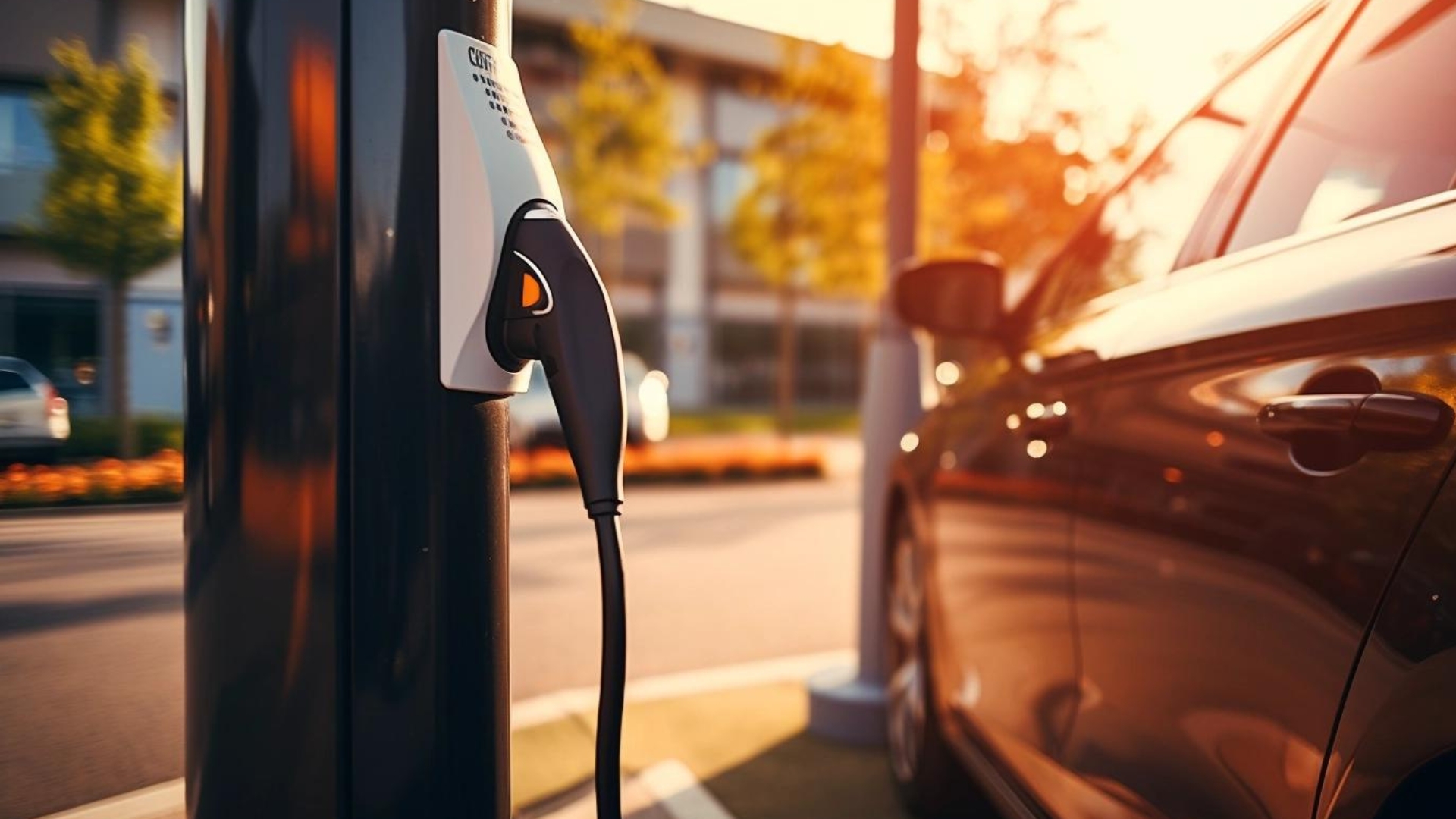Get the latest on the UK’s electric vehicle charging scene, as London leads with a significant expansion while other regions strive to catch up. New more affordable home charging rates and innovative solar-powered car parks support NHS staff.
As Britain zooms into an electric vehicle (EV) revolution, the landscape for charging these eco-friendly rides is ever-changing. The latest buzz from the Department for Transport (DfT) paints a picture of this electrifying evolution, with London charging ahead and other regions playing a bit of catch-up.
London Takes the Charge
It’s all systems go in London, where the capital’s seen a whopping 26.9% jump in charge points between July and September 2023. A cool 3,592 extra charge points are now up for grabs. But it’s a different story in the North and in Northern Ireland, where charge point installations have taken a bit of a hit.

A Patchwork of PowerPoints
UK-wide, the story’s quite the patchwork. In total, there are 49,220 public spots to power up your EV across the UK. Fast chargers are all the rage, with 18% ready to power your car up in no time. But the slower 3kW to 8kW chargers still dominate with 62%, more perfect for that longer stay where you need a few hours.
It is easy to see how shopping centres and eateries boast nearly half of these charge points, with street-side spots accounting for 38% for the city dwellers or workers who drive into the city.
Yet, charger availability does vary:
London and Scotland are heading up the list with 193 and 77 chargers per 100,000 population, which soars well above the UK average of 73 chargers per 100,000. Northern Ireland also needs a bit of a boost, sitting at 23 chargers per 100,000 people, it is easy to see where development is needed. The North East region even experienced a shrink in numbers by 7.3%, owing to the decommissioning of devices in Stockton-on-Tees.
When it comes to super-fast chargers, Scotland has 18.8 per 100,000 people, while Northern Ireland and the North West need a power surge. The DfT’s data therefore shows a need for a more strategic approach, to make sure that no one’s left in the slow lane during this shift to electric transportation.
Powering Up at Home for Less
OVO Energy is shaking up the home charging game, slicing prices down to a mere 7p per kWh thanks to a partnership with Kaluza, that’s some serious savings for the savvy EV driver, potentially dropping costs to less than 3p per mile. This equates to about £200 per year for a 7000-mile-a-year average driver!

Following EDF’s footsteps, who offer a nighttime rate of 7.4p/kWh, OVO’s deal is sweetened by its round-the-clock availability, courtesy of some nifty tech from Kaluza.
Despite these cool rates, there’s a looming gap with public charge point costs, where prices hover around 48p per kWh. It’s a green light for those with home charging setups but a red flag for inclusive charging solutions, especially in bustling urban hubs.
Solar Surge at Eastbourne Hospital
Eastbourne District General Hospital’s got something to brag about, a shiny new solar-powered car park that doubles as a charging oasis for EVs. With 10 spots dedicated to staff, the hospital is cutting costs and carbon with 1,000MWh of sun-soaked power a year.
This bright idea is part of a £27 million energy-efficient upgrade backed by the Public Sector Decarbonisation Scheme and a smart collab between Veolia and 3ti. The car park’s 2,412 panels also provide some much-needed shelter for 400 cars.

Similarly, 3ti isn’t stopping at Eastbourne. They’ve turned recycled shipping containers into solar-powered charging hubs in another project, Papilio3, harnessing a cool 20kWp of solar capacity.
So, whether plugging in at home or on the go, you can keep your car powered up without the pinch on your pockets and every bit of Britain can bloom with renewable energy.
